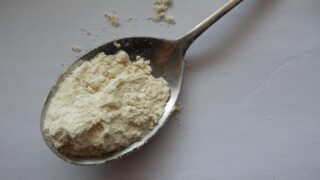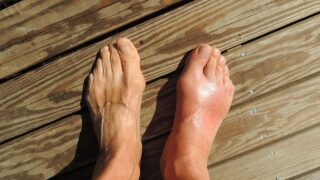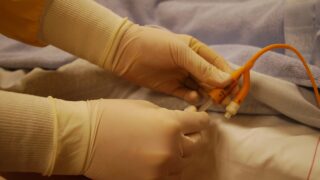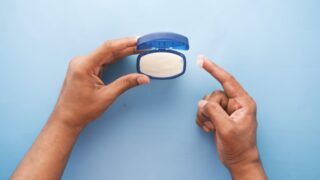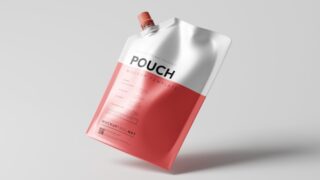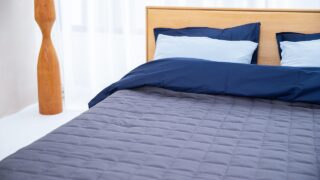 Nursing Science Basics
Nursing Science Basics Ergonomic Perspectives on Transfer Assistance and Low Back Pain
Many people associate caregiving work with physically demanding labor.
One major reason is the significant strain placed on the body—especially the lower back.
Low back pain is reported to affect nearly 90% of care workers in Japan.
At the welfare equipment exhibition I attended last month, I noticed a clear increase in transfer robots and sit-to-stand assistive devices compared to previous years.
This reflects the growing recognition of the benefits of mechanizing transfer-related tasks.
In this article, I explain the current situation and challenges of transfer assistance, and why these movements place substantial physical burden on both caregivers and care recipients.

